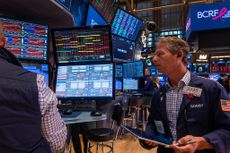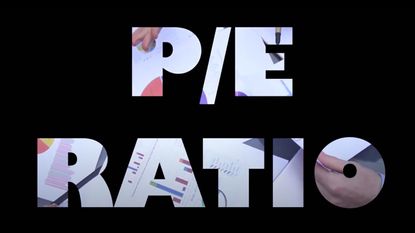Investment Strategy
The latest news, updates and opinions on Investment Strategy from the expert team here at MoneyWeek
Explore Investment Strategy
-

Quality emerging market companies with consistent returns
Opinion Mark Hammonds, portfolio manager at Guinness Global Investors, selects three emerging market stocks where he'd put his money
By Mark Hammonds Published
Opinion -

UK blue chips offer investors reliable income and growth
Opinion Ben Russon, portfolio manager and co-head UK equities, ClearBridge Investments, highlights three British blue chips where he'd put his money
By Ben Russon Published
Opinion -

Renewable energy funds: stuck between a ROC and a hard place
Renewable energy funds were hit hard by the government’s subsidy changes, but they have only themselves to blame for their failure to build trust with investors
By Bruce Packard Published
-

Restore: Profits in document shredding
Restore operates in a niche, but essential market. The business has exciting potential over the coming years, says Rupert Hargreaves
By Rupert Hargreaves Published
-

The war dividend: how to invest in defence stocks
Western governments are back on a war footing. Investors should be prepared, too, says Jamie Ward
By Jamie Ward Published
-

Literacy Capital: Great returns fund a good cause
There’s plenty to like about specialist private-equity trust Literacy Capital, says Max King
By Max King Published
-

An AI bust could hit private credit
Opinion Private credit is playing a key role in funding data centres. It may be the first to take the hit if the AI boom ends, says Cris Sholto Heaton
By Cris Sholto Heaton Published
Opinion -

How to harness the power of dividends
Dividends went out of style in the pandemic. It’s great to see them back, says Rupert Hargreaves
By Rupert Hargreaves Published
-

Tetragon Financial: An investment trust with stellar returns
Tetragon Financial has performed very well, but it won't appeal to most investors – there are clear reasons for the huge discount, says Rupert Hargreaves
By Rupert Hargreaves Published
